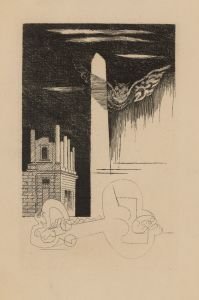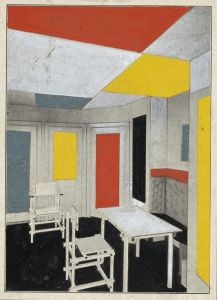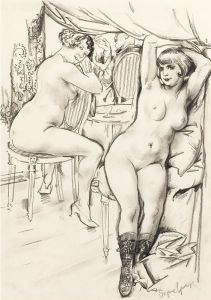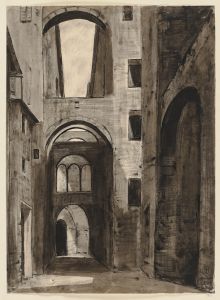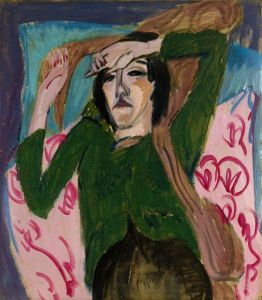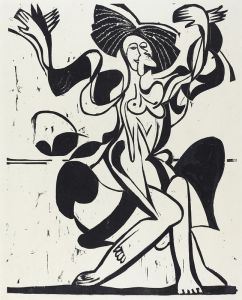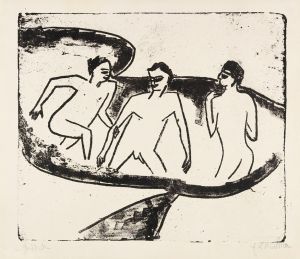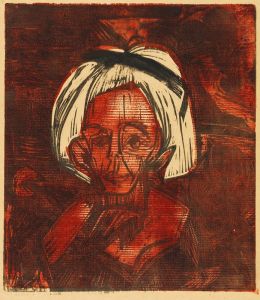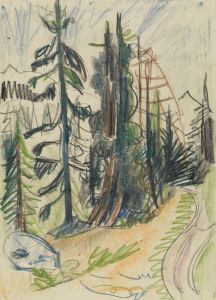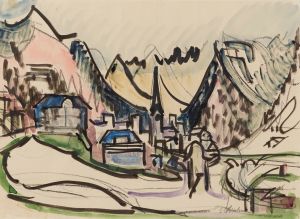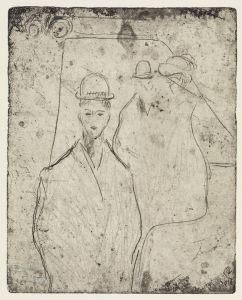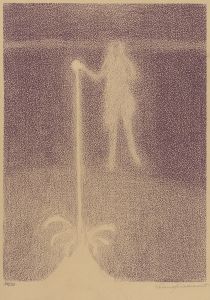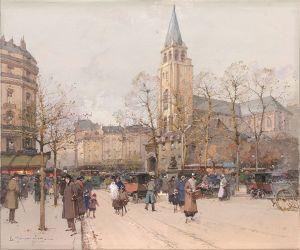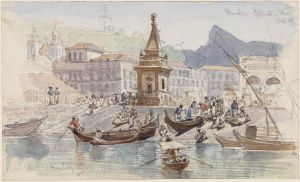
On the Street
A hand-painted replica of Ernst Ludwig Kirchner’s masterpiece On the Street, meticulously crafted by professional artists to capture the true essence of the original. Each piece is created with museum-quality canvas and rare mineral pigments, carefully painted by experienced artists with delicate brushstrokes and rich, layered colors to perfectly recreate the texture of the original artwork. Unlike machine-printed reproductions, this hand-painted version brings the painting to life, infused with the artist’s emotions and skill in every stroke. Whether for personal collection or home decoration, it instantly elevates the artistic atmosphere of any space.
Ernst Ludwig Kirchner was a prominent German expressionist painter and one of the founding members of the artist group Die Brücke (The Bridge), which played a pivotal role in the development of modern art in the early 20th century. His painting "On the Street" is a significant work that exemplifies his style and the themes he explored during his career.
"On the Street" is part of a series of street scenes that Kirchner painted during his time in Berlin, where he moved in 1911. This period marked a significant transition in his artistic style, as he became increasingly fascinated with the dynamic and often chaotic life of the city. The painting captures the bustling energy of urban life, a common theme in Kirchner's work, reflecting both the excitement and alienation of modernity.
In "On the Street," Kirchner employs bold colors and sharp, angular forms to depict figures walking along a city street. The use of exaggerated lines and distorted perspectives is characteristic of Kirchner's expressionist style, which sought to convey emotional experience rather than physical reality. The figures in the painting are often elongated and stylized, contributing to a sense of movement and urgency. This technique reflects the influence of non-Western art, particularly African and Oceanic art, which Kirchner and his contemporaries admired for its perceived authenticity and emotional directness.
The painting is notable for its vivid color palette, which includes bright pinks, blues, and yellows. These colors are not used realistically but are instead chosen for their emotional impact. Kirchner's use of color and form in "On the Street" creates a sense of tension and unease, capturing the frenetic pace of city life and the psychological impact of urbanization.
Kirchner's street scenes often feature themes of isolation and anonymity, despite the crowded settings. The figures in "On the Street" appear disconnected from one another, emphasizing the alienation that can occur in a bustling metropolis. This theme reflects broader societal changes during the early 20th century, as cities grew rapidly and traditional social structures were challenged.
"On the Street" is also significant for its reflection of Kirchner's personal experiences and struggles. During his time in Berlin, Kirchner faced increasing psychological difficulties, which were exacerbated by the outbreak of World War I. His work from this period often conveys a sense of anxiety and instability, mirroring his own mental state.
Today, "On the Street" is regarded as an important example of German Expressionism and is housed in several prominent art collections. Kirchner's work, including this painting, has had a lasting impact on the development of modern art, influencing subsequent generations of artists. His exploration of urban life and the human condition continues to resonate with audiences, making "On the Street" a timeless piece that captures the complexities of modern existence.





